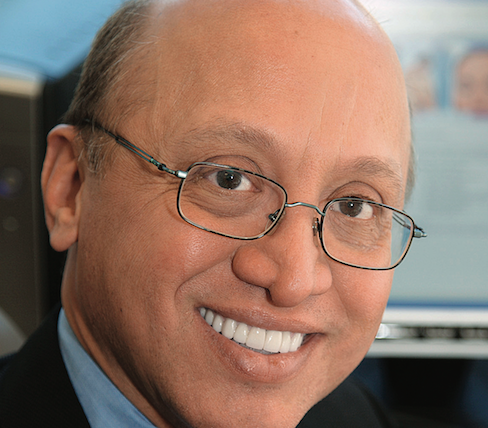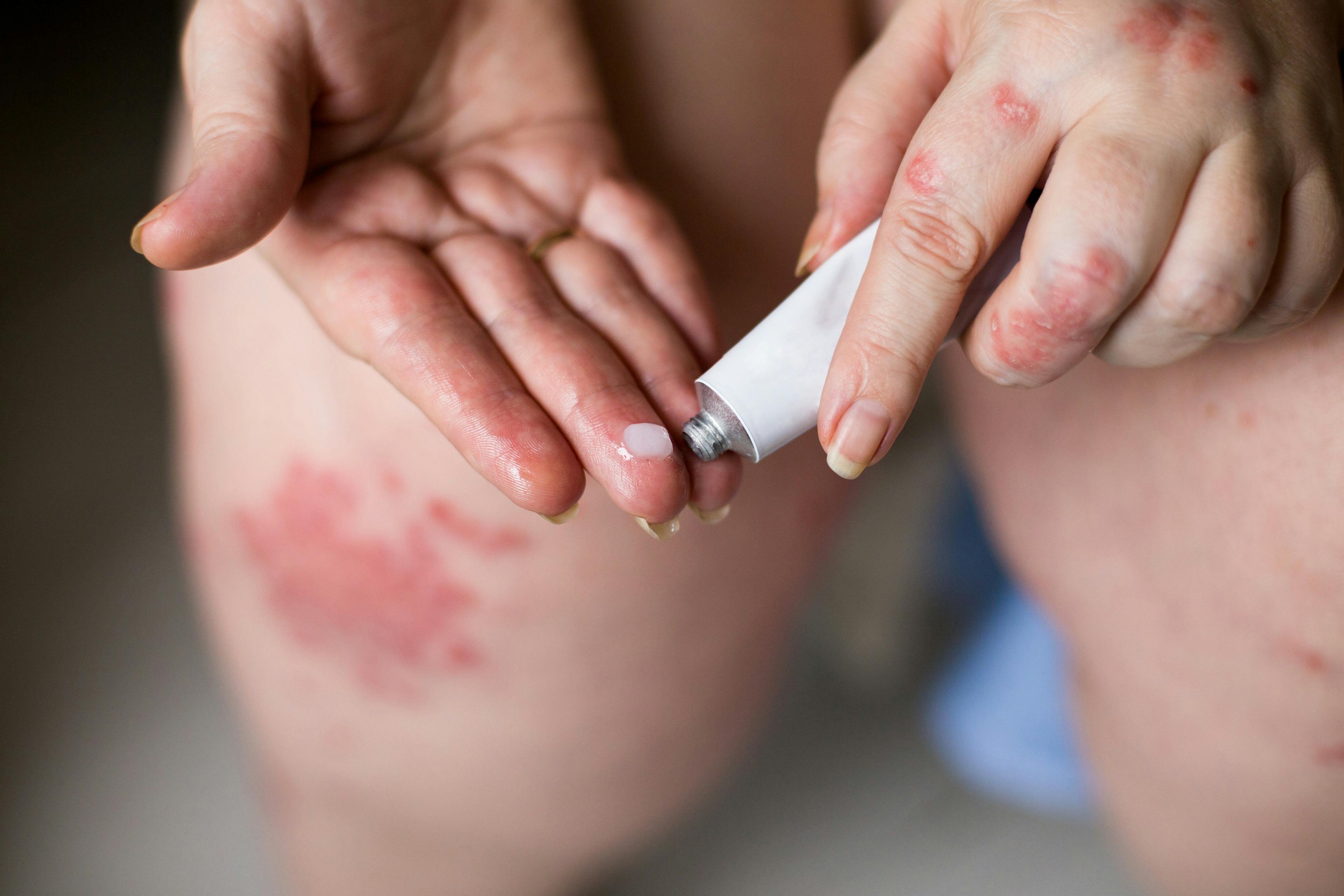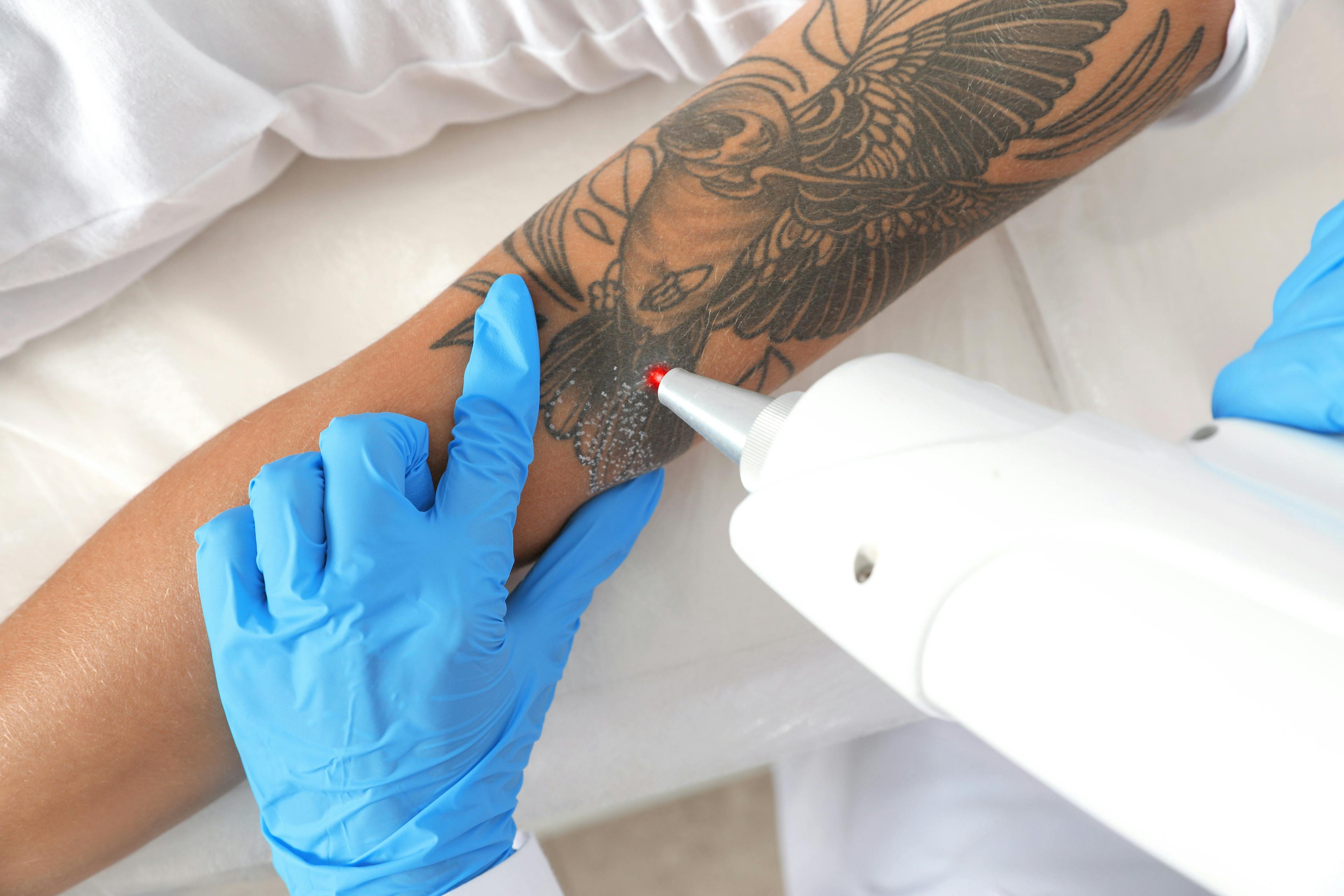- Acne
- Actinic Keratosis
- Aesthetics
- Alopecia
- Atopic Dermatitis
- Buy-and-Bill
- COVID-19
- Case-Based Roundtable
- Chronic Hand Eczema
- Chronic Spontaneous Urticaria
- Drug Watch
- Eczema
- General Dermatology
- Hidradenitis Suppurativa
- Melasma
- NP and PA
- Pediatric Dermatology
- Pigmentary Disorders
- Practice Management
- Precision Medicine and Biologics
- Prurigo Nodularis
- Psoriasis
- Psoriatic Arthritis
- Rare Disease
- Rosacea
- Skin Cancer
- Vitiligo
- Wound Care
Publication
Article
Dermatology Times
Teledermatology and HIPAA compliance in the era of COVID-19
Author(s):
David J. Goldberg, M.D., J.D., discusses important considerations regarding telemedicine and HIPAA compliance that dermatologists should keep in mind during the COVID-19 pandemic.
Dr. NY is a practicing dermatologist in New York City. He has spent the last several years looking for new revenue sources. He has a very interactive website and associated blog. Recently, because of the COVID-19 pandemic, he has markedly increased his use of telemedicine (teledermatolgy). He consults a long-term 70-year-old patient on FaceTime, something she has used countless times before to keep in touch with her grandchildren.
RELATED: Telemedicine can help practices thrive during the COVID-19 crisis
She tells her youngest son, a law student, how happy she was using FaceTime to communicate with her physician. He is horrified and tells his mother that FaceTime is not HIPAA compliant. He files a federal complaint, as well as a complaint with local state regulatory authorities against Dr. NY. The dermatologist is horrified. His practice was decimated by COVID-19, he tried to help his patient, and still ends up with legal issues.
“Telemedicine” is a term that covers any use of electronic communication technology to convey medical information. It can be as basic as seeking a consultation or as advanced as robotic surgery. Teleradiologists and telepathologists use electronic communication to send radiographs and specimen images for diagnostic or consultation purposes. Teledermatology can be practiced in the role of a consultant or as a seeker of consultation. However, this practice is fraught with liability issues.
#1 Licensure. (i) Is the dermatologist exceeding the license granted by his/her state? If so, the physician can be subject to disciplinary action in the state if the license is used inappropriately as a predicate to practice telemedicine. (ii) Are they engaging in the unlicensed practice of medicine in other states?
There is no national consensus on what states demand from physicians located outside their borders and are practicing telemedicine within any one state. Some states demand full licensure, some offer restricted licenses for telemedicine, and some offer licensing by endorsement under reciprocity agreements with neighboring states. Despite the wide range of options, there is a common thread to keep in mind: If there is a regular, ongoing practice of telemedicine in the state (as opposed to an occasional consultation), the state will want some degree of licensure. A physician who lacks such licensure can be subject to prosecution for the unlicensed practice of medicine.
#2 Insurance coverage. (i) Most malpractice policies specifically exclude coverage for unlicensed activities. Some states require insurers to cover work that extends beyond state borders and some do not. (ii) Does the carrier cover you for telemedicine practice? Telemedicine consulting may not be covered by your malpractice insurer, and you may need to obtain surplus lines coverage.
RELATED: How to adapt your practice amid the coronavirus crisis
#3 Negligence liability. (i) Can a medical malpractice action be brought in the setting of telemedicine? Yes. (ii) Where can the action be brought? The issue of “forum shopping” comes into play if the doctor provided the telemedicine service in a state different from where the patient lives. Most jurisdictions will permit a resident to bring a lawsuit where the patient received care or where the defendant physician’s office is located. Telemedicine obviously expands the scope of venue exposure. The plaintiff can bring the telemedicine consultant into a court in his state. A state may also require venue. For example, Montana and North Carolina both require that any medical malpractice claims by their residents that are based on telemedicine must be brought within their state.
A physician who practices in a state with a short Statute of Limitations should not assume that time limit will apply if he is sued for telemedicine consult. Different states also take different approaches to the Standard of Care. Some use a national standard, and some use a local one. The consulting telemedicine physician should therefore become acquainted with the standards used in the states they extend their practice to.
#4 HIPPA Confidentiality. Since teledermatology is clearly the practice of medicine, historic confidentiality issues have always been a concern. This all changed with COVID-19. The federal Office of Civil Rights (OCR) at the U.S Department of Health and Human Services (HHS) issued a bulletin in March that stipulated that physicians can serve patients through commonly used applications such as FaceTime, Skype and Zoom so as to provide telehealth remote communications.
In the end, Dr. NY need not be concerned. His patient’s law student son, unfortunately, was not informed of the recent regulatory changes.

Newsletter
Like what you’re reading? Subscribe to Dermatology Times for weekly updates on therapies, innovations, and real-world practice tips.






























